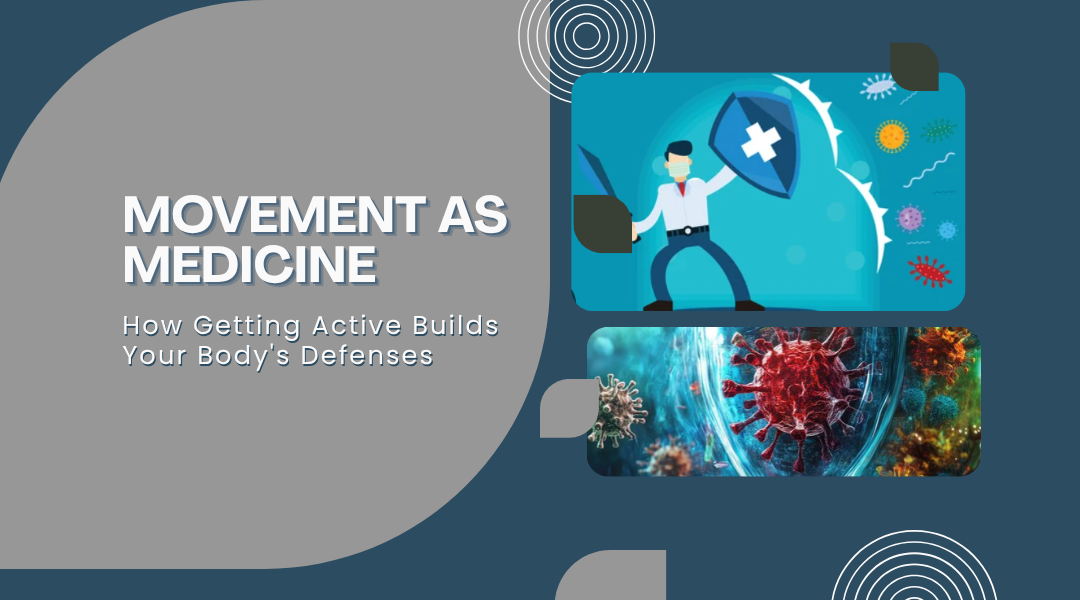When we think about cancer prevention, our minds often jump to what we shouldn’t do: don’t smoke, don’t eat processed foods. But one of the most powerful, proactive steps we can take is incredibly positive: move our bodies. Regular physical activity isn’t just about weight management or building muscle; it’s a fundamental tool for fine-tuning your internal environment, making it a far less welcoming place for disease to take root. Think of exercise less as a chore and more as a daily dose of preventative maintenance for your most critical systems.
Turning Down the Internal Thermostat on Inflammation
Imagine inflammation as a persistent, low-grade fire smoldering within your body. While acute inflammation is a normal response to injury, when this fire burns chronically, it can damage healthy cells and create a backdrop conducive to disease. This is where movement plays a starring role.
Physical activity acts as a natural coolant. When you exercise, you’re not just working your muscles; you’re prompting a systemic response that lowers key inflammatory markers in your bloodstream. Improved circulation is a key part of this. Better blood flow acts like a revitalizing river, delivering oxygen and nutrients to tissues while efficiently carrying away metabolic waste products that can fan the flames of inflammation. A simple daily walk, therefore, becomes more than just steps; it’s an active process of flushing out the irritants that can lead to long-term trouble.
Putting Your Immune System Through Its Paces
Your immune system is your personal surveillance network, constantly patrolling for abnormal cells. Like any skilled team, it functions best when it’s well-trained and active. Sedentary living can lead to a sluggish, inattentive immune response.
Engaging in moderate, consistent exercise—think a brisk bike ride or a flowing yoga sequence—effectively puts your immune cells through their drills. It stimulates the production and alertness of key players like natural killer cells and T-cells, enhancing their ability to identify and neutralize potential threats before they can gain a foothold. Furthermore, movement stimulates the lymphatic system, which relies on muscle contraction to circulate its fluid. This helps filter out toxins and waste, essentially taking out the body’s trash more effectively. It’s a careful balance, though; the goal is consistent, moderate activity that primes your defenses without the immune suppression that can come from extreme, exhaustive exertion.
The Great Hormonal Harmonizer
Hormones are powerful messengers, and imbalances in hormones like estrogen and insulin are strongly linked to certain cancers. Exercise is a master regulator in this delicate endocrine orchestra.
For instance, fat tissue isn’t inert; it’s metabolically active and can produce excess estrogen. By helping you maintain a healthy weight and reduce excess body fat, physical activity directly lowers the levels of this fuel for certain hormone-driven cancers. Simultaneously, exercise makes your cells more sensitive to insulin. When your cells respond efficiently to insulin, your body doesn’t need to produce as much of it, preventing the high insulin levels that can also encourage tumor growth. In this way, a regular workout routine does more than change your physique; it actively cultivates a stable, balanced hormonal landscape.
Weaving Movement into the Fabric of Your Life
The best exercise plan is one you don’t have to force—it’s one that naturally integrates into your life. You don’t need a marathoner’s regimen to reap these profound benefits. The goal is to find activities you genuinely enjoy, making movement a sustainable part of your identity, not a punishment.
- Find Your Rhythm: This could be dancing to your favorite music at home, taking a weekly hike with a friend, or gardening vigorously.
- Listen to Your Body: Some days, a gentle stretch session might be what you need. Other days, a heart-pumping swim might feel right. The key is consistency over intensity.
- A Simple Benchmark: A helpful target to aim for is around 150 minutes of moderate activity per week—that’s just 30 minutes, five days a week. This can be broken into smaller chunks and is a achievable goal for most.
The Final Rep: Building a Foundation of Resilience
Viewing exercise solely through the lens of calorie burning misses the point entirely. Its true value lies in its role as a foundational pillar of health, a dynamic process that directly influences your body’s internal defenses at a cellular level. By committing to regular movement, you are actively participating in your own well-being, creating a internal environment that is resilient, balanced, and far less hospitable to disease. It’s one of the most empowering and accessible forms of preventative medicine we have.
